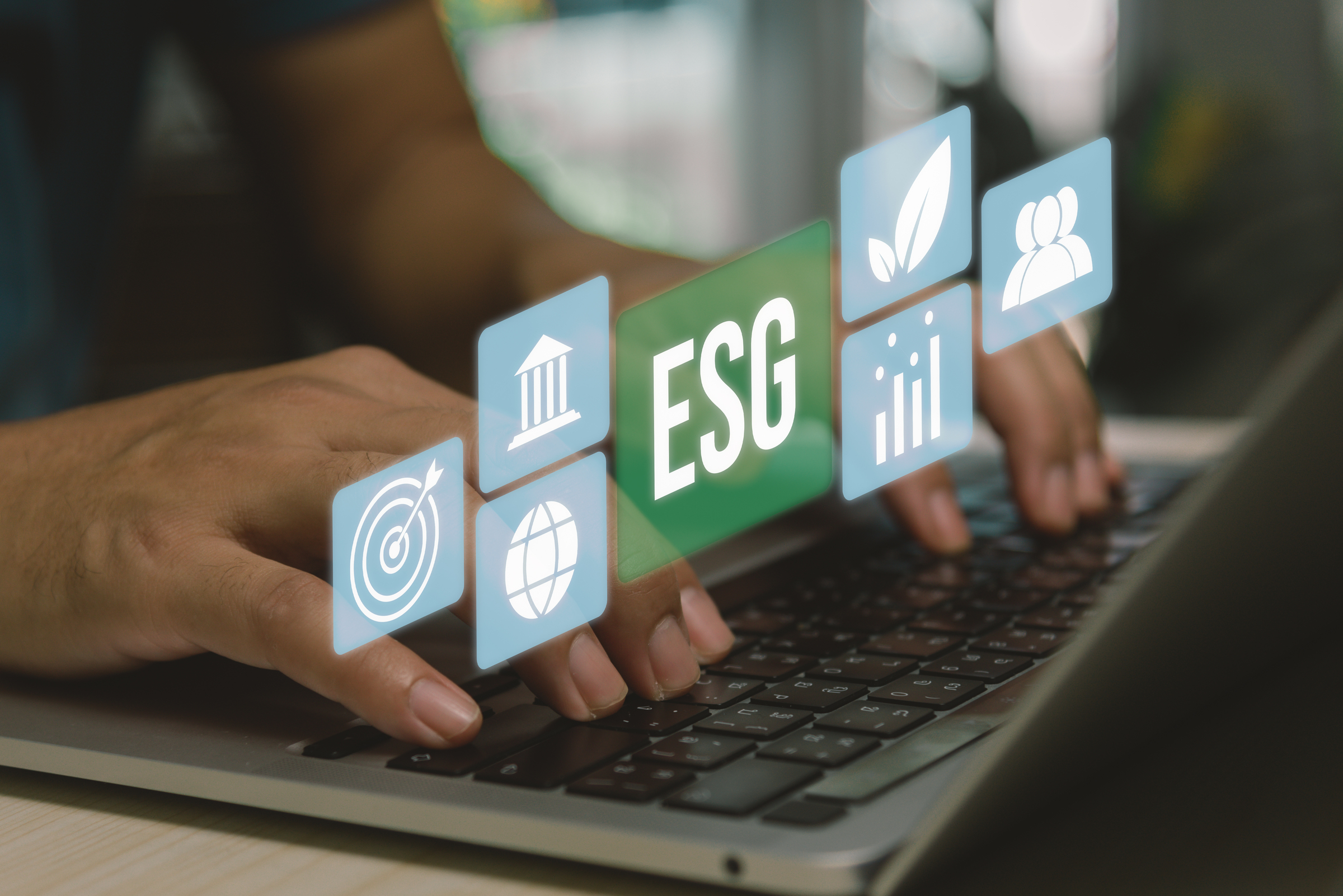As the demand for transparency and accountability grows, Environmental, Social, and Governance (ESG) reporting has become a critical part of corporate strategy. However, not all sustainability issues carry the same weight. This is where materiality comes into play — helping businesses identify, prioritize, and report on the issues that matter most to stakeholders and long-term success. In this article, we explain the role of materiality in ESG reporting and how your organization can effectively identify what matters.
What is Materiality in ESG Reporting?
Materiality in ESG reporting refers to the process of determining which environmental, social, and governance issues have the most significant impact on a company’s financial performance, stakeholders, and long-term viability.
There are two main types of materiality:
- Financial Materiality: Focuses on issues that could affect a company’s financial health and shareholder value.
- Impact Materiality: Considers the company’s impact on society and the environment, regardless of financial implications.
The latest frameworks, such as the European Sustainability Reporting Standards (ESRS), adopt a “double materiality” approach that combines both financial and impact materiality.
Why Materiality Matters in ESG Reporting
- Focus and Clarity: Materiality assessments help businesses concentrate resources on the most relevant ESG issues.
- Enhanced Stakeholder Trust: Transparency in selecting and reporting material issues builds credibility with investors, customers, and regulators.
- Regulatory Compliance: Frameworks like the CSRD, GRI, and IFRS Sustainability Disclosure Standards require clear identification of material topics.
- Strategic Decision-Making: Materiality helps integrate ESG priorities into business strategy and risk management.
Steps to Conduct a Materiality Assessment
1. Define Objectives and Scope
Start by clarifying why you’re conducting the assessment. Are you preparing for regulatory reporting, enhancing stakeholder communications, or shaping long-term strategy?
2. Engage Stakeholders
Collect insights from key stakeholders — including investors, employees, customers, regulators, and community representatives — through surveys, interviews, or workshops.
3. Identify Potential ESG Issues
Develop a comprehensive list of ESG topics relevant to your industry, operations, and geographic presence. Leverage sector-specific guidance and resources from GRI, SASB, and ESRS.
4. Prioritize Issues
Analyze the importance of each issue from two perspectives: its impact on stakeholders and its influence on business success. Tools like SALI’s AI-driven materiality mapping platform can simplify this process.
5. Validate and Approve
Review and validate findings with senior management and board members to ensure alignment with corporate strategy.
6. Communicate and Report
Integrate the results of your materiality assessment into ESG reports, sustainability disclosures, and corporate strategy documents.
Best Practices for Materiality in ESG Reporting
- Update regularly: Conduct assessments every 1-2 years or when significant changes occur in the business or external environment.
- Ensure transparency: Disclose the methodology used for materiality assessments in your ESG reports.
- Align with standards: Follow internationally recognized frameworks like GRI, ESRS, and IFRS to meet stakeholder and regulatory expectations.
The Role of Technology in Materiality Assessments
Platforms like SALI (Sustainability Assessment, Reporting, and Learning Intelligence) use AI and advanced analytics to:
- Map material topics against industry benchmarks.
- Visualize double materiality matrices.
- Track evolving stakeholder expectations.
- Generate reports tailored to multiple reporting frameworks.
Conclusion
In a rapidly changing business environment, materiality is the foundation of effective ESG reporting. Identifying and focusing on what matters most empowers companies to make informed decisions, manage risks, and demonstrate accountability.
Need help identifying material ESG issues for your organization? SALI’s AI-powered solutions can guide your materiality assessment process and reporting. Contact us here to learn more.









